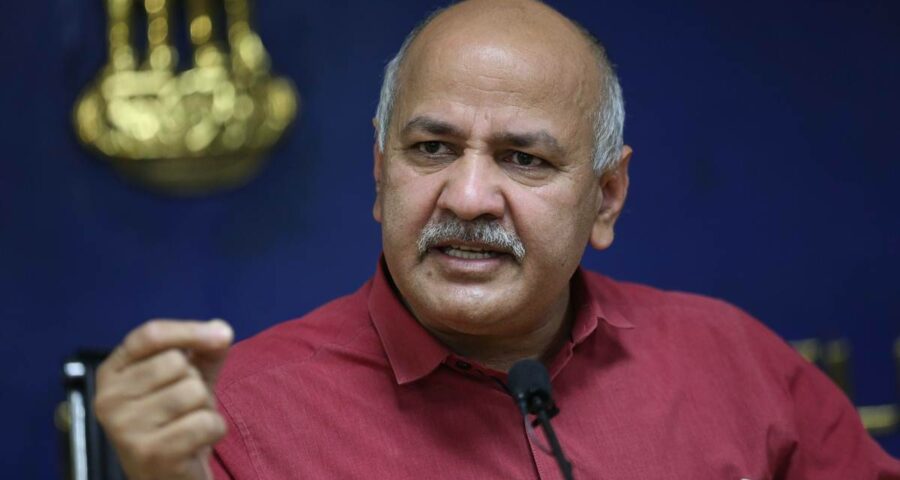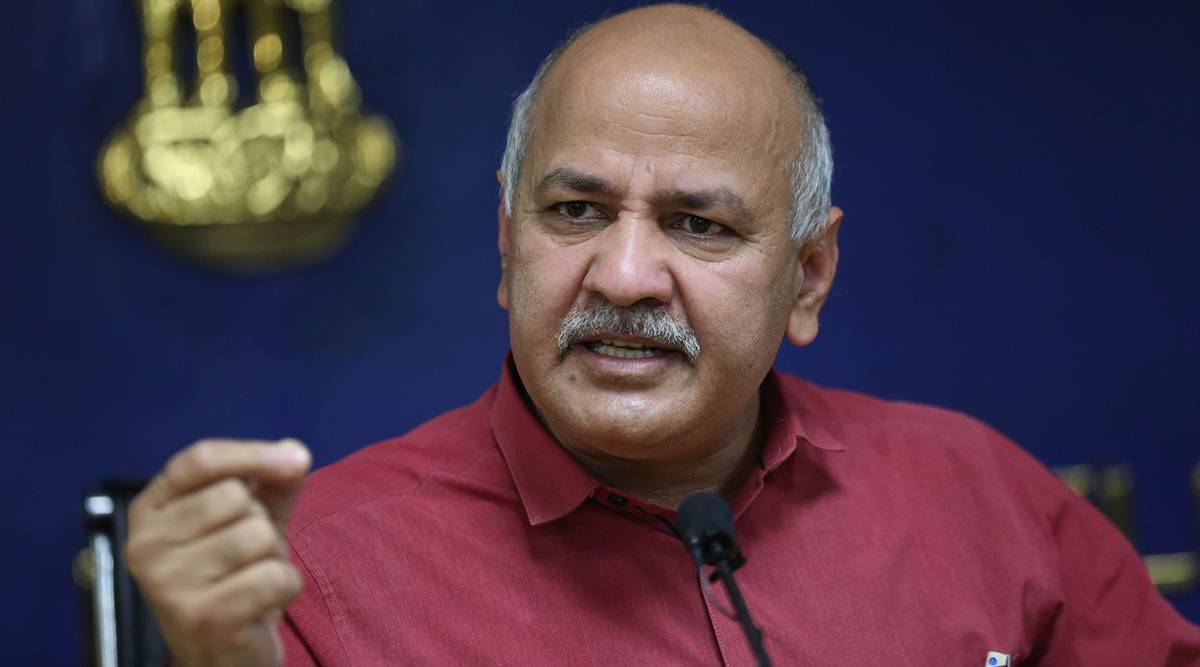The report, submitted to the Supreme Court, also led to division within the 5-member sub-group with two members, Delhi Principal Secretary (Home) BS Bhalla and Max Healthcare Clinical Director (Internal Medicine) Sandeep Budhiraja, lodging their dissent, even skipping one of its sittings.
An interim report of a sub-group, constituted by the Supreme Court last month for the oxygen audit of Delhi, has set off a political firestorm by questioning the Delhi government’s demand for liquid medical oxygen (LMO) during the peak of the second Covid-19 wave.
The report, submitted to the Supreme Court, also led to division within the 5-member sub-group with two members, Delhi Principal Secretary (Home) BS Bhalla and Max Healthcare Clinical Director (Internal Medicine) Sandeep Budhiraja, lodging their dissent, even skipping one of its sittings. They flagged their objections in two separate notes.
In a file noting of the Delhi Home Department, Bhalla Friday highlighted that the “interim report seems to have been sent to Government of India without making the requisite changes, without sharing again with the members of the sub-group, and without their formal approval”.
He wrote that his “detailed objections/comments have been added at the end of the interim report just for posterity, leaving it to the reader to make the effort, if he/she so decides, to interpret the entire report together and make his/her conclusions. This is unfortunate and unacceptable.”
“The interim report, as submitted, does not have the approval of all the members of the sub-group,” he wrote.
The other three members of the sub-group are AIIMS Director Dr Randeep Guleria, Jal Shakti Ministry Joint Secretary Subodh Yadav and Controller of Explosives, PESO Dr Sanjay Kumar Singh.
The Delhi government, following approval from Chief Secretary Vijay Dev, also conveyed to the SC-appointed panel that it was “sad and shocking to note that the sub-group arrived at sweeping conclusions… without any audit in the true sense”.
As details of the interim report emerged Friday, the BJP and the Congress targeted the AAP government, accusing Chief Minister Arvind Kejriwal of “lying” during the peak of the second wave. Kejriwal hit back, saying when “you were addressing poll rallies, I spent sleepless nights to arrange oxygen”.
A close reading of the report reveals that the differences in the LMO demand for Delhi during the second wave peak, from the last week of April to early May, are due to two separate formulas used by the Centre and the Delhi government.
Under the Centre’s formula, 50% of non-ICU oxygen beds are calculated as using LMO. The Delhi government formula, on the other hand, says all non-ICU oxygen beds use oxygen. The two formulas were discussed during the seven meetings of the panel between May 10 and May 21.
While ICU beds come with oxygen facilities by default, hospitals also have non-ICU beds with oxygen for patients requiring high flow oxygen without associated ICU support. A separate category of non-ICU, non-oxygen beds is also maintained.
The sub-group observed that the Delhi government formula would lead to “overestimation” going by real-life experience of major hospitals including AIIMS.
Countering this, Bhalla said the Centre’s formula was wrong because most Covid patients admitted to hospitals required oxygen. “Doubts can be resolved only through on-ground audit, which the sub-group is yet to do,” he said.
Bhalla, Budhiraja and Chief Secretary Dev pointed out that the sub-group had not factored in the requirement of LMO for home isolation patients, refillers, ambulances and small nursing homes.
Members of the group affiliated with the Central government bodies recommended that Delhi be provided 300 MT daily on assured basis and an additional 100 MT by 4 pm everyday based on requirement, while Delhi insisted on assured daily allocation of 568 MT.
A “compromise” was worked out on May 15 to allocate 500 MT daily to Delhi, the interim report noted.
The one major point that the BJP picked to criticise the AAP relates to the LMO consumption demand as on May 12.
The report noted that on May 13, “it was discussed that there is a gross discrepancy (about 4 times) in that the actual oxygen consumption claimed (1140 MT) was about 4 times higher than the versus calculated consumption by formula for bed capacity (289 MT). It was noted that four hospitals in Delhi i.e. Singhal Hospital, Aruna Asaf Ali Hospital, ESIC Model Hospital, and Liferay Hospital have claimed extremely high oxygen consumption with very few beds and the claims appeared to be clearly erroneous, leading to extremely skewed information and significantly higher oxygen requirement for the entire state of Delhi. Actual consumptions were estimated by recalculation after replacing the claimed use figures for these 4 hospitals with expected use figures using the calculation formula.”
In his dissent note, Bhalla sought to counter it, saying “requirement of oxygen for oxygen cylinders with home isolation patients, refillers and certain other establishments has also to be taken into account. Also, oxygen for non-Covid requirements and some buffer components need to be factored in while calculating the total oxygen requirement of Delhi. It is further an indisputable fact that 214 is not the sum total of hospitals/medical establishments catering to patients suffering from Covid-19. In fact, the figure is more than 260. Therefore, the entire basis of the assessment/quantification of the LMO requirement in Delhi has been made on incomplete data.”
After factoring in those aspects, the oxygen consumption was found to be 474 MT, instead of 289 MT as claimed in the report, Bhalla said.
The observation made by the Additional Secretary, Department for Promotion of Indian Industry and Internal Trade that “it also appears that Govt of Delhi used a wrong formula and made exaggerated claims on 30th April” too was rejected by Bhalla who said that the “demand for 700 MT was fully in line with guidelines of GOI.”
Bhalla said: “The manner in which the proceedings of the Sub-Group have been conducted suggests that the purpose of proceedings was to justify a pre-conceived and predetermined conclusion and narrative, to recommend a lower quantity of a LMO to Delhi, and to further portray an impression that the assessment by the GNCTD before the Hon’ble High Court of Delhi and the Hon’ble Supreme Court was exaggerated or not genuine.”
“In our assessment, these fundamental errors in the approach of the sub-group goes to the root of the matter and was, therefore, highlighted from time to time during the course of proceedings of the sub-group. Unfortunately, the draft Interim Report instead of taking cognizance of the said concerns is proceeding to indicate the quantity of LMO to be allocated to Delhi. This, in our considered view, vitiates the entire exercise,” he said.
According to a file noting attached to the interim report, signed by OSD (Health) Ashish Kundra, adverse observations of the panel were discussed with Chief Secretary Dev and “it appears that the committee has not taken the totality of the picture into consideration.”
Dev pointed out that SOS calls in Delhi stabilised only after the average daily supply of LMO crossed 550 MT, including over 700 MT on one day. He described the proceedings of the group as “perfunctory desktop exercise, conducted hurriedly, without even conducting an audit of a single institution in the true sense”.
Budhiraja wrote, “This (interim report) did not take into account oxygen cylinder refilling and non-Covid requirements of hospitals. It was suggested on the basis of actual consumption and not on basis of formula that O2 allocation for NCT Delhi be kept at 500 MT and then reviewed twice weekly thereafter. In the last subgroup meeting, it was decided not to discuss this agenda in the sub group, as an oxygen commissioner would be taking decision regarding oxygen allocation to states/UT. Also, I did not attend the meeting on May 18 after prior information to the group of the WhatsApp that minutes of the previous meeting on May 15 should be circulated. That was never done,” he said.
Source: Read Full Article


